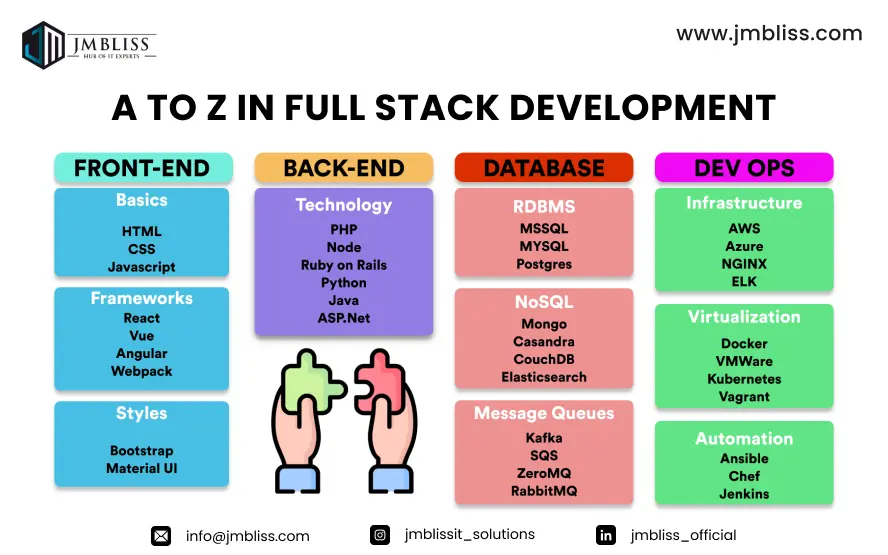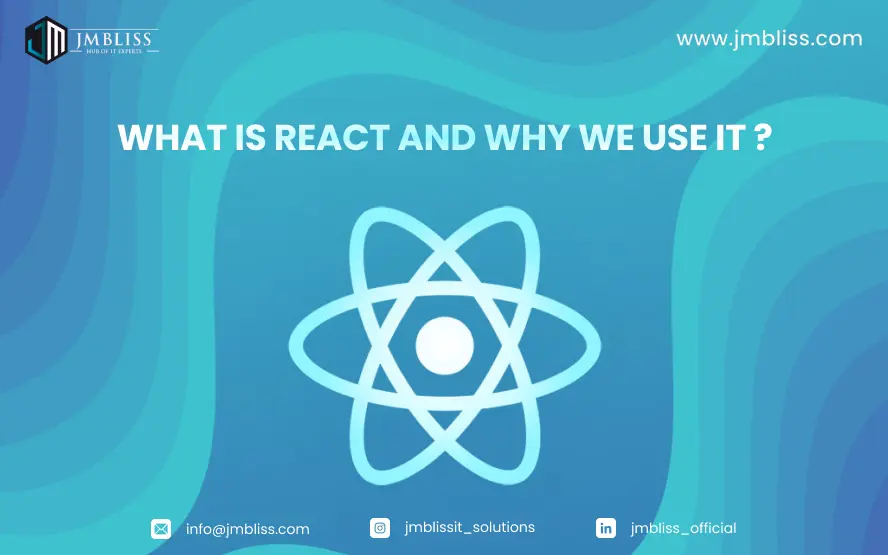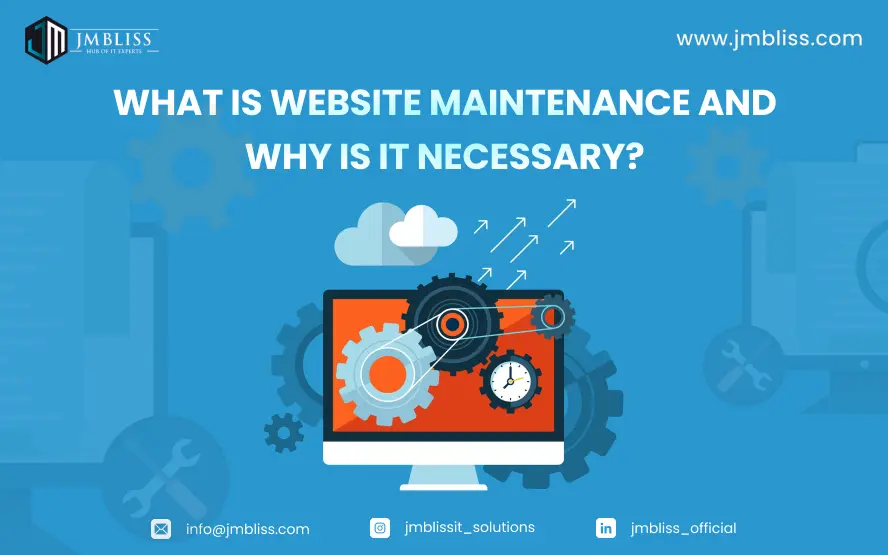
Seamless navigation
Great navigation allows visitors to easily locate information and find what they’re looking for. Without it, it can be hard for users to understand what to do when landing on your page. For that reason, it’s important to structure your website in a meaningful and logical way that feels predictable and understandable. Many sites use a combination of methods to help visitors find their way around, including structured menus, keyword searches, and internal linking.
Responsive design
Responsive web design fluidly adjusts to accommodate your visitor’s device or browser, taking into account factors such as screen width, resolution, and screen orientation. It allows visitors to experience your site just as you intended on any device type or screen size , this result by resizing images and rearranging content to accommodate various screen sizes and browsers.
Across the board consistency
A cohesive look and functionality throughout a website makes it feel whole, while also improving usability and learnability. This includes anything from the use of color and typography, to the placement of icons and buttons, to the functionality of your site.Creating a style guide or design system with reusable elements and components is a great way to ensure consistency when designing your website.
Smooth performance
A good website design should load quickly, work properly, and give informative feedback when there’s an issue or delay. There are a variety of tools available to measure how quickly content loads on your site, such as Google’s PageSpeed Insights. ou can optimize your site’s performance by adjusting image sizes or any behind-the-scenes functionality that can slow down your site.
Frictionless conversion
For visitors who want to sign up, subscribe, or make a purchase, the process should be as easy as possible. Websites have a desired action that they encourage users to take, and converting visitors into taking that step is a top priority in their design.
Clear communication
Websites communicate with visitors in a number of different ways. Written content, visual elements, and interactive components all work together to communicate a clear and cohesive message. Visitors who arrive at your site should be able to understand quickly and effortlessly why your website exists, what you’re offering, and what actions they can take.
Effective visual language
In good website design, all colors, icons, typography, imagery and other visual elements amount to a powerful visual language that tells a story. A strong UI and visual language is clear and distinct, with a recognizable style that creates a unique brand identity. When combined with well-written content, an effective visual language helps create a cohesive, memorable and enjoyable experience throughout your site and beyond.
A reliable, transparent interface
A website design should establish trust with its visitors. In order to create a credible online environment, the information on your site should be clear, consistent and accurate. It should also be free of errors or confusion and show attention to detail.
 Get A Quote
Get A Quote




